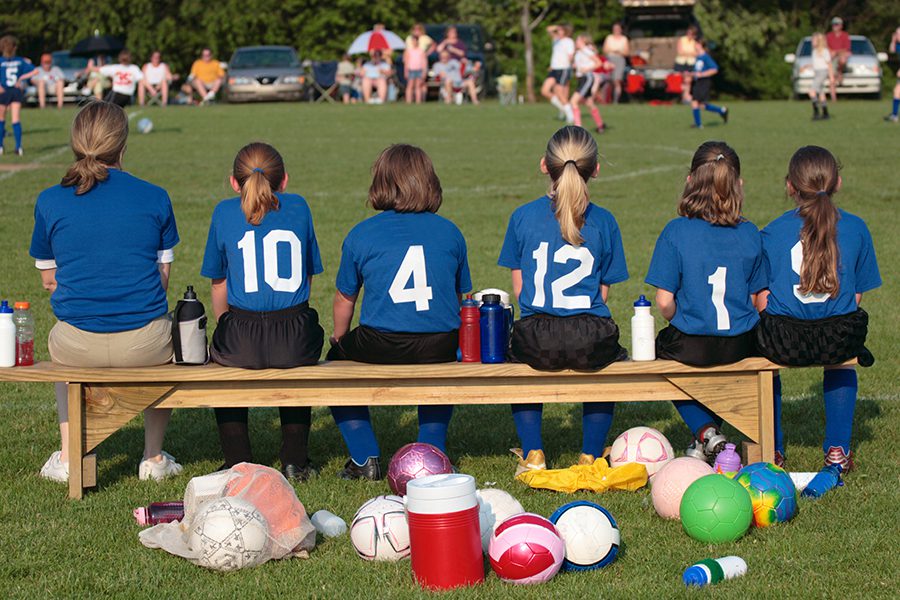
As the FIFA World Soccer Cup in Brazil just begun, we have decided to show you that, if elite athletes with asthma can do it, you can do it as well.
Exercise induced asthma (EIA) ¹ is a common term heard in the soccer world, and not uncommonly it results in players sitting on the bench rather than running on the field. The strenuous exertion associated with soccer may trigger EIA, a condition which provokes squeezing of the airways with exercise.
“EIA occurs in 10% to 14% of all children”, according to Dr. Michael P. Pacin. “Children are very active and EIA commonly precipitates asthma, leading to decreased participation in physical activity because of the EIA or fear of it. This may explain why asthmatic children are thought to be less physically fit.”
Let’s see how children with asthma can play sports and practice aerobic fitness. There are elite athletes successful in several sports, from swimming to basketball, they certainly didn’t let EIA affect their career. As the FIFA World Soccer Cup in Brazil just begun, we have decided to show you that, if those athletes can do it, you can do it as well.
David Beckham ² suffered from asthma since he was a young boy. His exceptional career serves as a good example that asthma will not prohibit any aspiring players to succeed ³.
SYMPTOMS
“The symptoms of EIA are the same as those of an asthma attack”, says Dr. Michael P. Pacin. The most common are wheezing, coughing, tightness in the chest, shortness of breath and “difficulty in breathing”. EIA may be confused with “poor physical conditioning,” lack of endurance, or a lack of interest in sports or other physical activity.
TRIGGERS
Besides exercise, EIA can be affected by
– the type and duration of exercise,
– temperature (cold temperatures are worst than warm),
– humidity,
– pollen,
– pollutants,
– inadequate medication for controlling asthma or lack of pre-treatment.
WHAT TO DO
You can maximize your breathing through the following steps suggested by an allergist:
- Take your allergist prescribed medications as directed.
- Respect asthma as your opponent.
- Abide by the Asthma Action Plan.
- Check the pollen levels. [check our pollen here]
- If the weather is cold or cool exercise indoors or wear a scarf over your mouth and nose or face mask to warm the air that is going into your lungs. The same goes for weather which is extremely hot or when there is a lot of pollen or pollution.
- Stay hydrated by drinking fluids before, during and after exercise.
- After completing your exercise cool down with light exercise, stretching or jogging.
- Warm up and cool down that will settle the lungs.
In conclusion …
A) Since it tends to be under-diagnosed, EIA should be considered in all children who “don’t like to exercise.”
B) If well managed, a career in sports with the opportunity of a college scholarship is a possibility for those with EIA.
C) Knowledge, awareness and optimal asthma treatment will allow for training required to succeed in your sport.
¹ http://florida-allergy.com/glossary/exercise-induced-bronchoconstriction/
² http://www.health.com/health/gallery/0,,20672105_14,00.html
³ http://www.fourfourtwo.com/news/star-trio-dispel-asthma-fears





